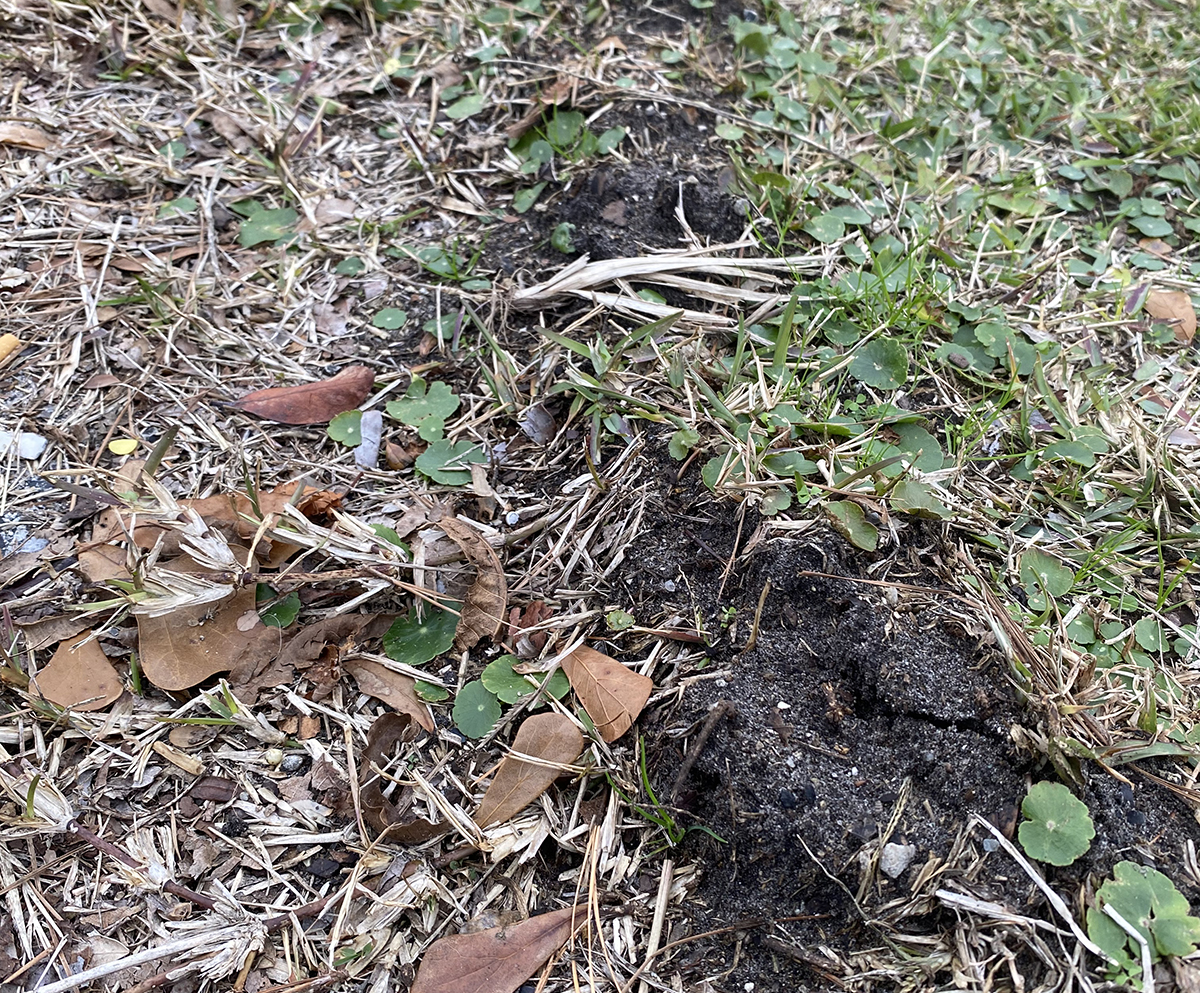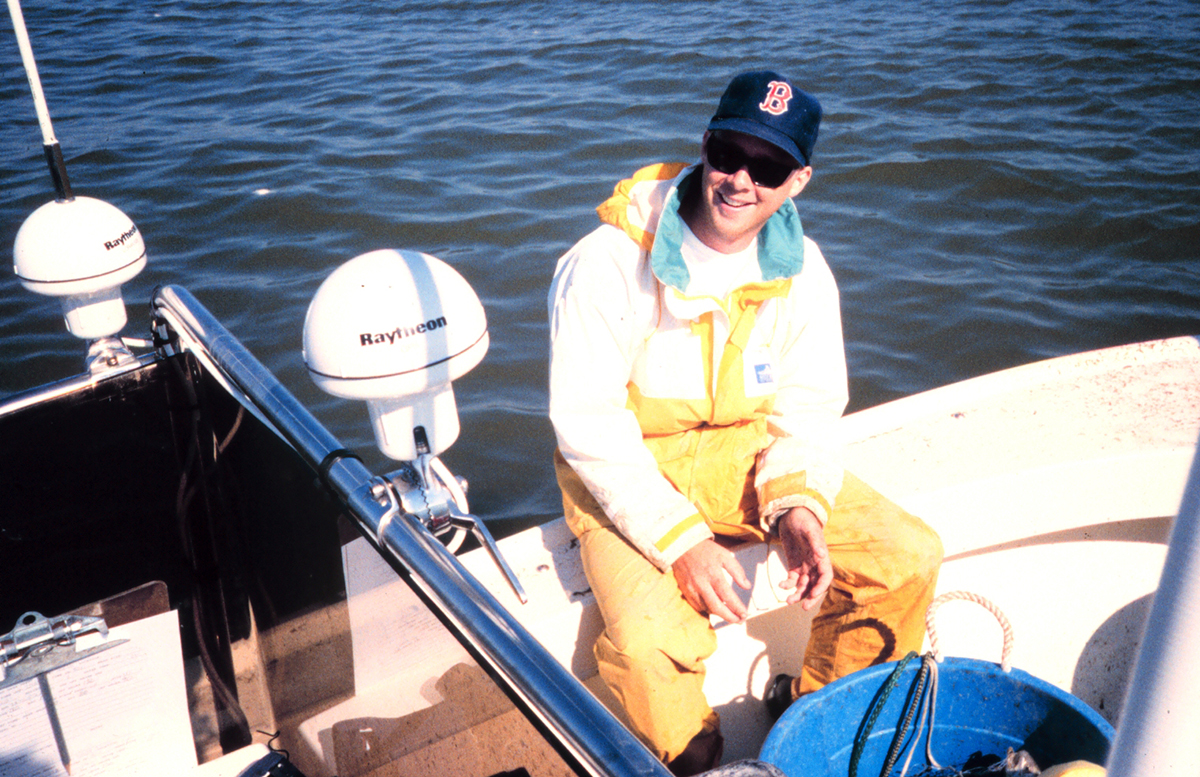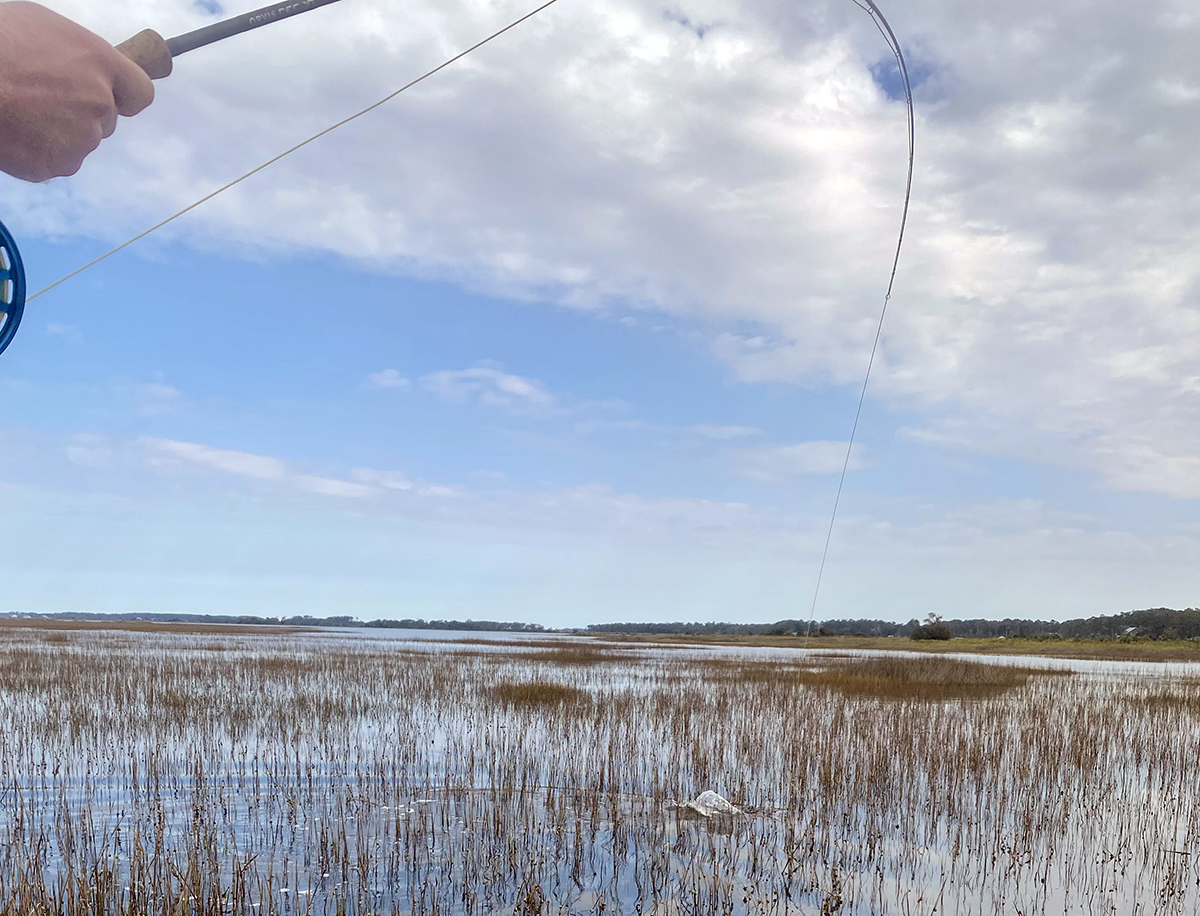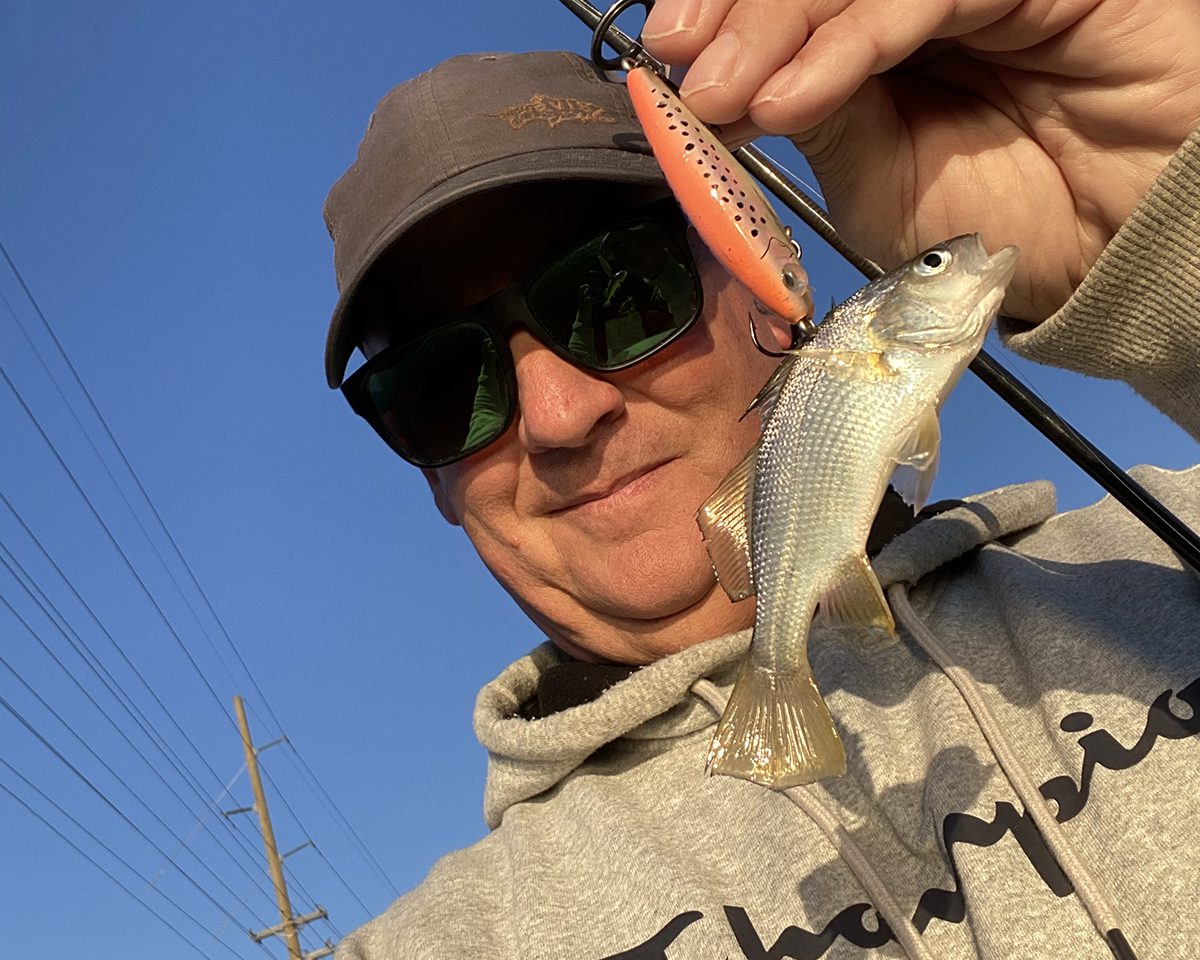
It’s no secret what the glory fish are for targeting in coastal North Carolina. Ones like the speckled trout, red drum, flounder, king mackerel, and a bunch others are really the glamour fish for people to target. People get a lot of joy out of targeting them and some great memories and photos are made when the target species are acquired.
But I’m going to level with you here, there’s been more than one occasion when those fish have not made their appearance known in my boat. Sometimes “other” fish are the only things that show up that day.
Supporter Spotlight
We are going to discuss what those interlopers are, what they do, and what you may want to be aware of when dealing with them.
Aptly named pinfish
First, we are going to talk about the fish that “people say” is the most abundant species of finned fish in our waters, the pinfish, or Lagodon rhomboides. Of course, we all know what “people say” is not always accurate but I’ve talked to a few people who know what they’re talking about, and pinfish are everywhere.
If you have ever had a hook cleaned of whatever expensive bait you were using, chances are it was by a pinfish. The chances are higher when you’re using live shrimp and are targeting some large trophy trout or flounder. The only way you can avoid catching pinfish is by not fishing with bait at all. If you are using some type of cut or live bait, pinfish are going to get you.
When you catch a pinfish, first thing that you will notice is that they are aptly named. They have little spines like pins seemingly projecting from every corner. When you get them in, you should hold them in such a way that you can push down the spines from the top to the bottom to be sure your fingers are not getting stabbed. Think about petting a cat from the front to the back.
I have been told that in some places people eat pinfish, but in my experience around here, due their small size, any pinfish that you catch is probably not going to be worth the effort. They are a member of the porgy family, which in a larger species such as sheepshead, includes great table fare.
Supporter Spotlight
Skates, rays
Another common misdirection are the skates and the rays, or Batomorphi. One quick walk along any of our area piers or beaches will show you in a short period of time that most people, when they’re hooked into large fish that gives a really good kind of themselves, are usually hooked up to skates or rays.
The first time I recall hooking one was when I was fishing off of a beach near St. Petersburg, Florida, live-lining for the large snook that were known to be present. Well, that big ray ran out all my line — almost to the end of the spool — before it finally turned around at the last second. (Note: I ended up with a 20-pound snook later.)
Rays have an interesting defense mechanism that they use to protect themselves from their main predators — sharks. They swing their tails around and try to poke the sharks in the eyes with the sharp barbs on their tails. Unfortunately for us, they don’t know the difference between a shark or the angler that’s pulling them out of the water. I have a nice scar on my lower leg from not taking enough care while bringing a ray into a boat. It didn’t feel good, I used many words unfit for inclusion here, and that is all I will say about the episode.
I should point this out: Because of my bad experience with rays, take what I have to say with a grain of salt. But my No. 1 tip regarding these guys: Don’t mess around. With a big ray that you don’t feel comfortable with just cut the line. Don’t risk it.
No. 2 is a trick I see a lot on the piers. The angler will actually step on the tail of the ray to control the dangerous end and then work the hook out. After that, they carefully flap them back into water. Still, I see guys getting hit on the hand by that gnarly barb, so always refer to No. 1: Don’t mess around if you’re inexperienced.
Holy flounder? No, robin
Another “popular” species, is the sea robin, or Prionotinae. If you drop a bait to the bottom in order to catch flounder, chances are you will also get to meet the acquaintance of several sea robins.
Named for their so called “wings,” these appendages are actually feet the sea robins use to walk around on the bottom in areas of heavy current.
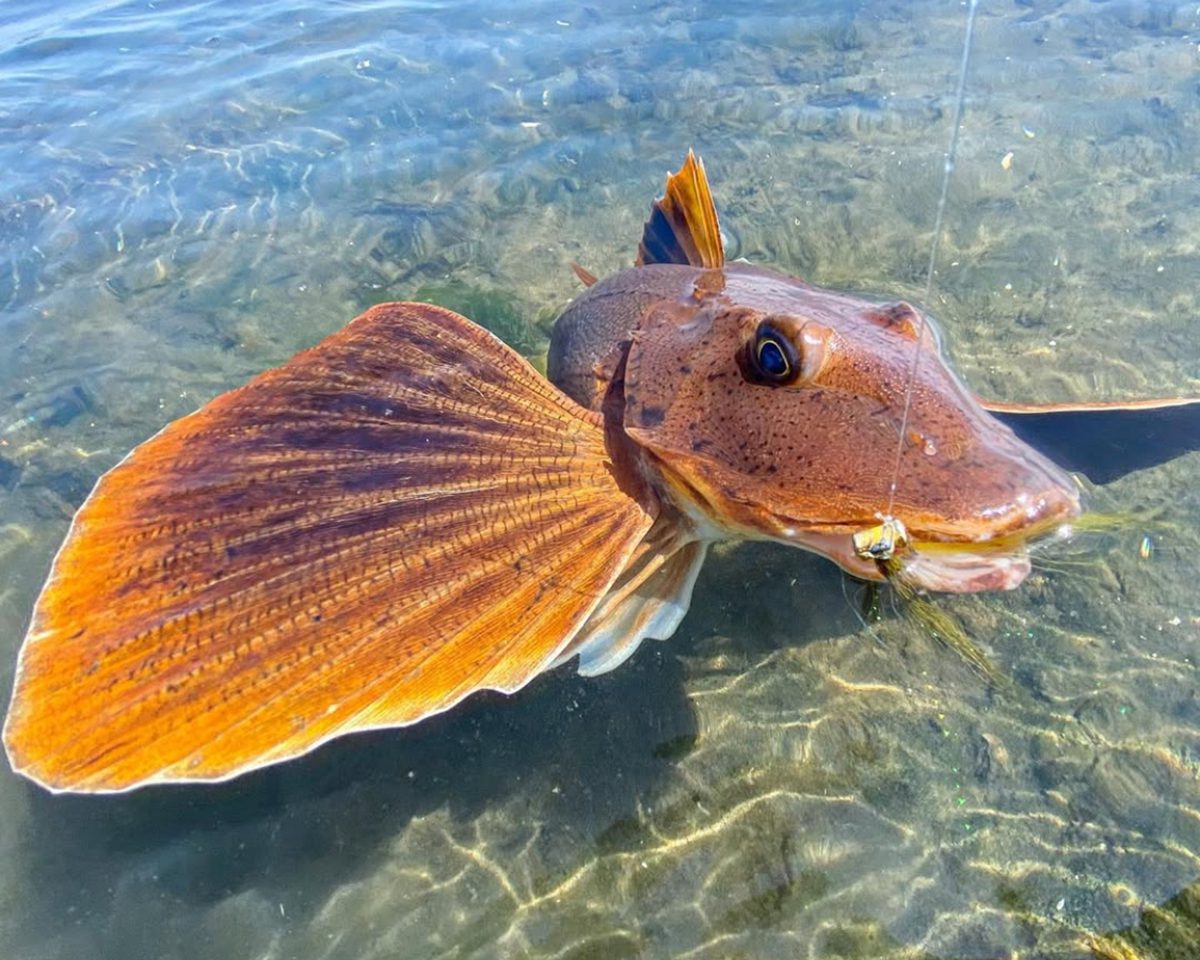
They are primarily known as bottom feeders but I have caught them on every kind of lure or fly you can imagine, including on a top-water fly during a false albacore bite. That was kind of a surprise.
They are relatively easy to deal with. They have a hard point on their gill covers, so be aware, and I usually flatten down the wings as well to keep them from getting hurt. Then I just flop them back in the water. No reason for anything else.
A pox on fish houses
If there were any single fish that I would consider to be a scourge, or to paraphrase ole’ Bill Shakespeare, a pox on all fishing houses, it would be the lizardfish, or Synodontidae.
When a lizardfish first bites, it feels like you have something good, for about 1 second. Then they pop around, and then it’s over. Any carefully prepared bait, soft plastic lure, hard lure, trolling lure, anything else you can think of, they will bite it and mess it up.
If you are trout fishing in a particular creek in the fall, and you catch a lizardfish, then it’s time to move.
I have had some massive strikes that I really thought were something good, and then it’s the same old thing – lizardfish. They are also known amongst many anglers by particular sobriquet that will remain unspoken for this purpose, due to the fact that lizardfish seem to be a fish without a purpose.
Other ‘others’
There are many other “other” fish, that we have not mentioned, the main one being sharks. Sharks are close relatives of skates and rays.
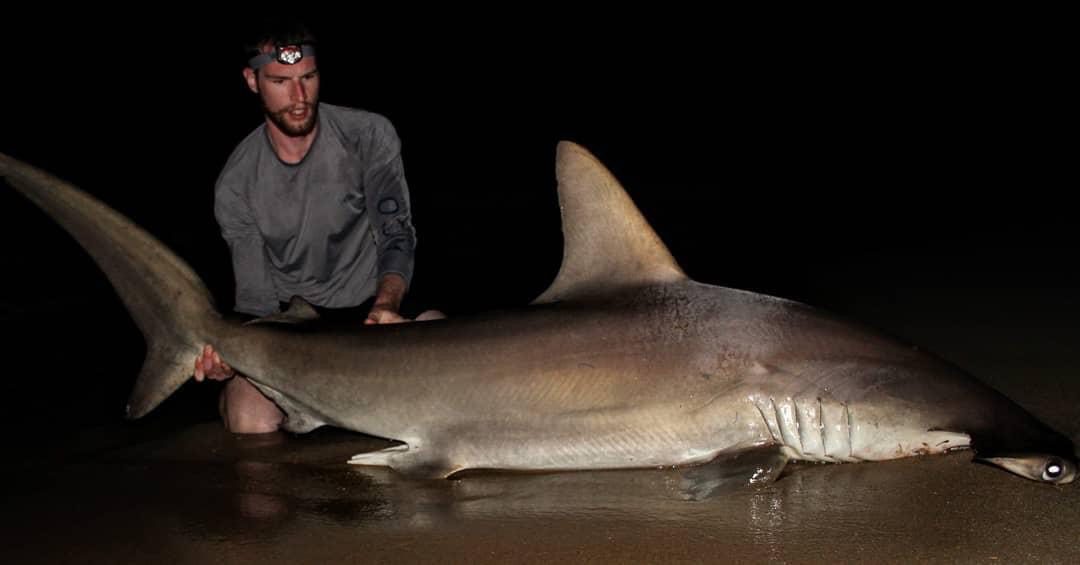
All I will say about sharks is, refer to aforementioned Tip No. 1: If you don’t know what you’re doing, then just leave them alone.
Some of the big ones can hurt you pretty badly, and they can bite their own tail, if that gives you any idea of hazards to watch out for. Anglers who know what they’re doing have a lot of fun pursuing big sharks, and if you don’t know how, find one of those guys and go with them. They will have all the equipment and all the know-how you need to stay safe — you and the fish.



